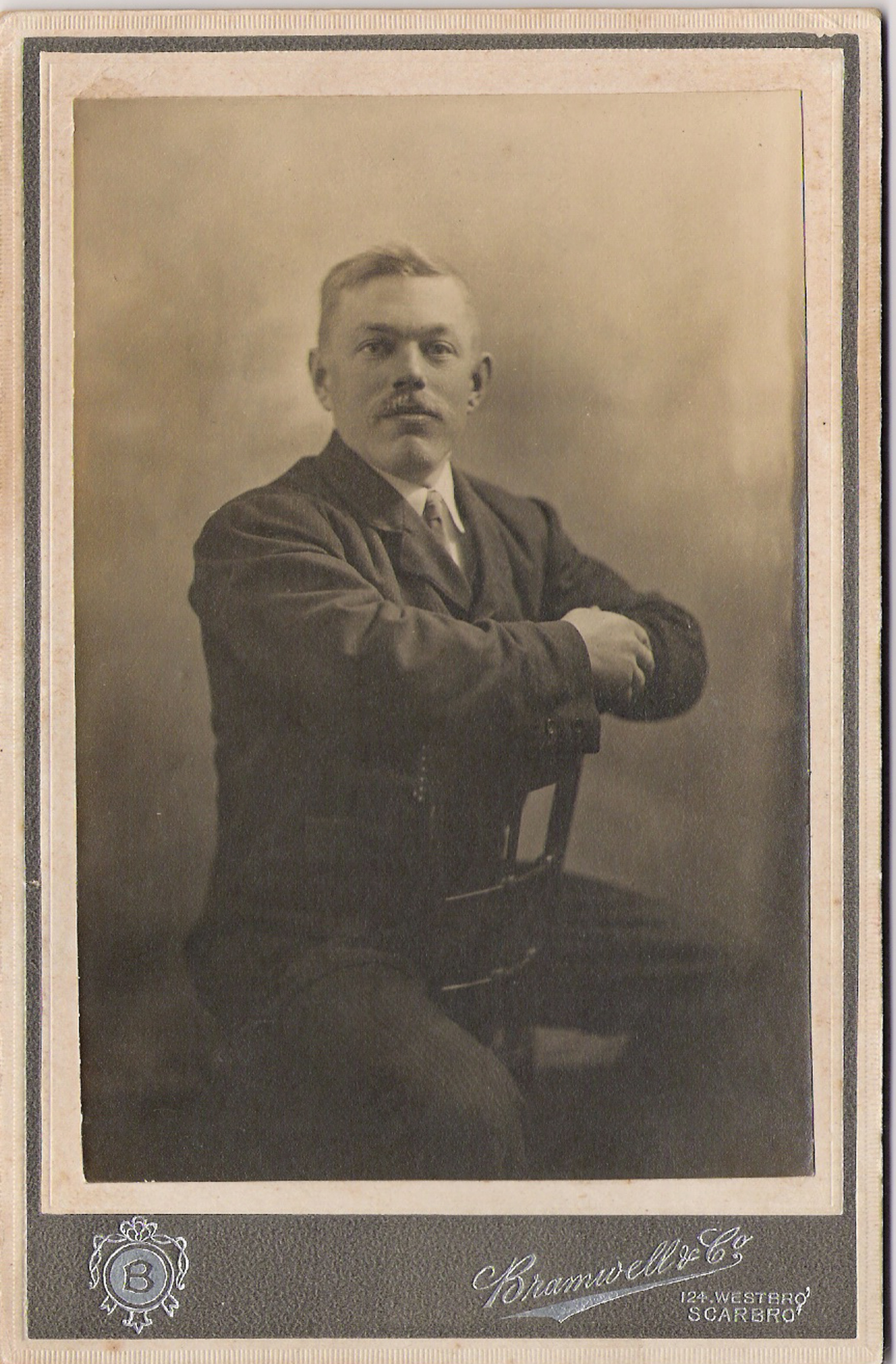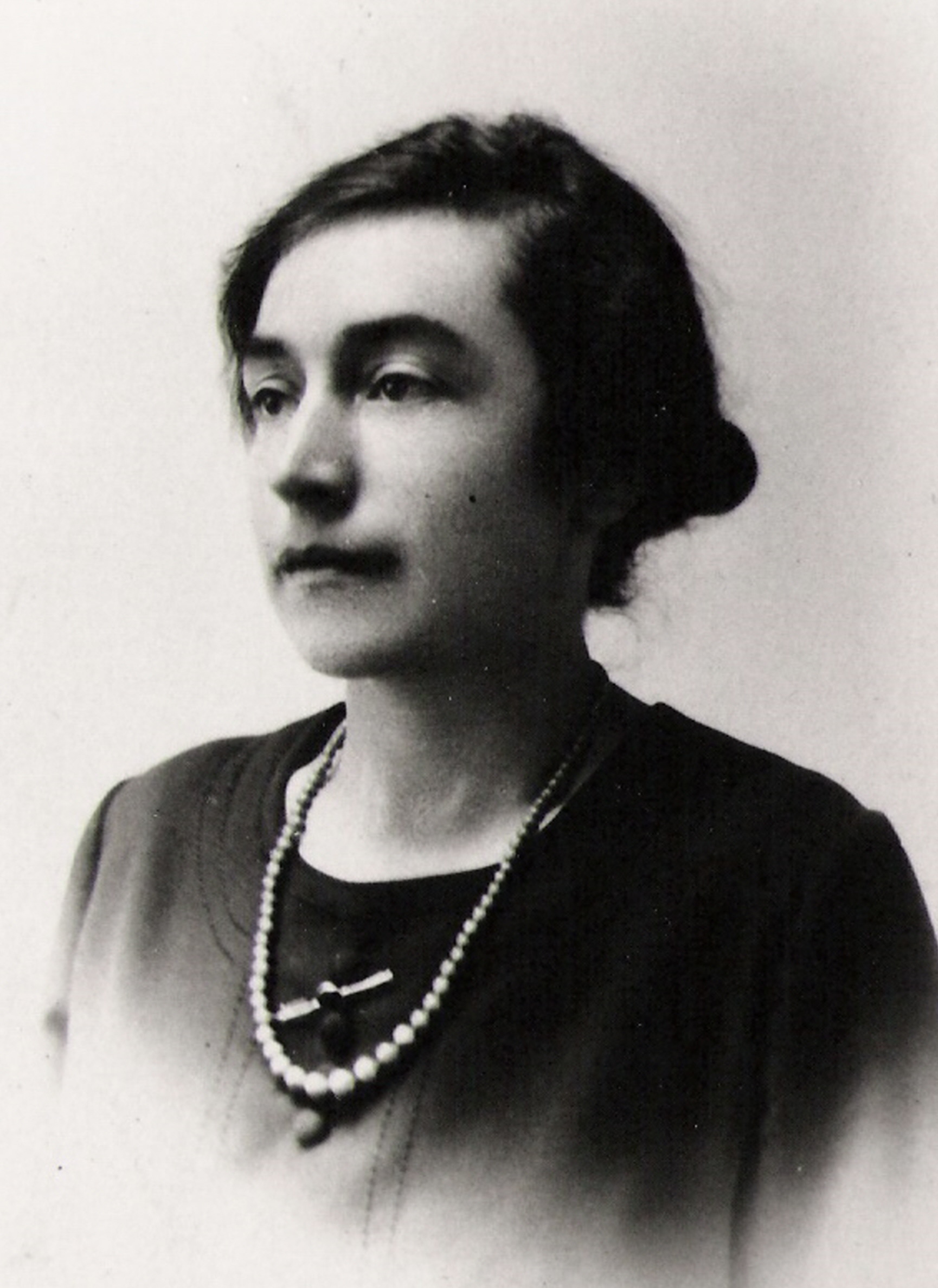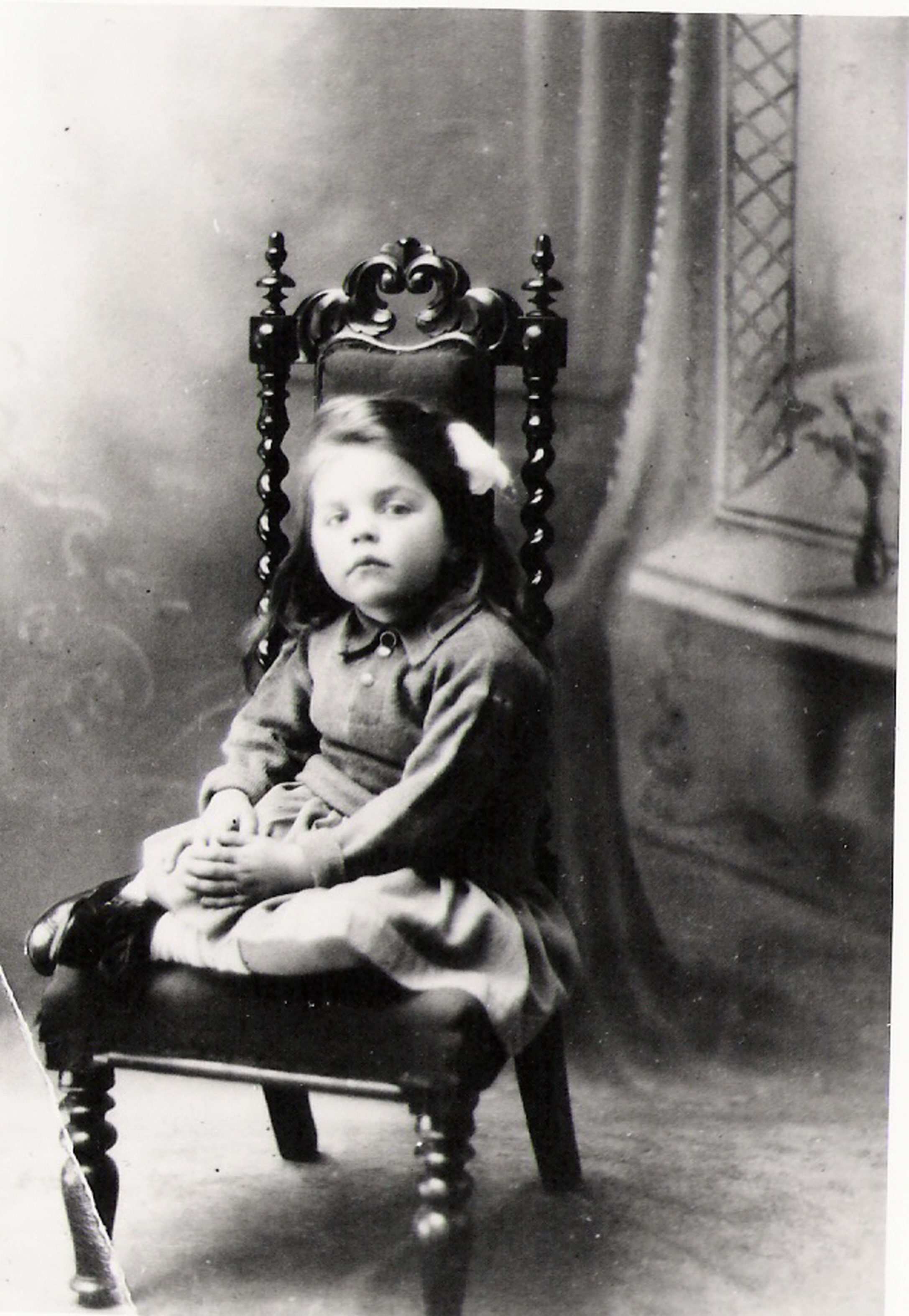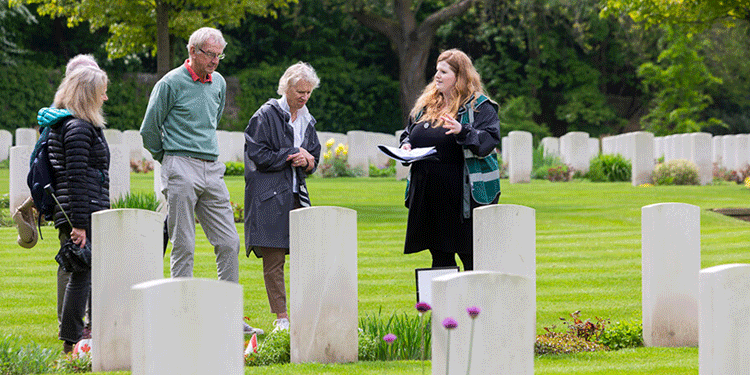
Dixon Overfield was born 10th October 1883 in North Yorkshire. He married Margaret Louise Dale at Folkton, East Yorkshire on the 4th August 1914. The newly married couple moved into a modern terraced house, 5 Carlton Road, Filey. Dixon earned his living from running a small holding in Filey. He was also a trustee of Muston chapel, a local preacher and Sunday school superintendent. They had one daughter, Madge Elizabeth Overfield, who was born 21st June 1915, the only child of the marriage.
Dixon was initially exempt military service on the grounds of ‘family hardship’, but in his case, his certificate was only renewed once. This expired in September 1916 (conscription did not come into force until The Military Service Act January 1916 for all fit single men aged between 18-41(for married men it came into force May 1916).
Dixon enlisted in October 1916 and at this point in time becomes Driver D. Overfield 174599 Royal Field Artillery (R.F.A). After enlistment he carried out initial training at South Shore, Blackpool.
Due to Army restructuring of artillery units in the autumn of 1916 and to fill the gaps left by the carnage of the Battle of the Somme, large amounts of recruits including Dixon were transferred from the R.F.A to the infantry. Thus, Dixon became Private D. Overfield 41782. 6th Battalion. Yorkshire Regiment.
Dixons exact date of transfer from the R.F.A to the Yorkshire Regiment is not known, but he had changed locations to Rugeley Camp, Staffordshire by 23rd December 1916.
We believe that he arrived at the battalion on the 3rd Jan 1917, part of 150 men that arrived from the 37th Infantry Base Depot (IBD) on the 3rd Jan 1917. On the 30th March 1917, Dixon wrote a letter to his parents. In it he talks briefly about “not been in the trenches yet but have where the enemy has been + seen what they have left, the sight I won't try to describe, but hope the struggle may soon be over”. This small paragraph could have been written about his time in either Mailly or Vauchelles-les-Authie due to their proximity to the Somme offensive front line in 1916.
This lack of battle experience was to be short lived though as the battalion was heavily involved in the Battle of Messines (7th-14th June 1917).
On the 31st July 1917, Dixon and the battalion moved to a camp in a wood at A.30 east of Poperinge, Belgium. This move was in preparation for a Corps operation. The target of this operation was the village of Passchendaele and the ridge it was sat on. The battalion moved away from the front on the 15th of August 1917 after casualties of 20 men killed (this later rose to 40 after some of the injured died or missing were accounted for), 65 injured and 26 missing.
After a brief period of rest, recovery and salvage duties, the battalion moved back to the front (Varna/Gournier Farm area) at the end of September, sadly with yet again more casualties. After leaving the front once more, Dixon then made his final move with the battalion on the 7th October 1917 to Pheasant Farm, to the south of Poelcappelle (Poelkapelle), the battalions objective on the 9th October. At 5.20am Dixon and his fellow soldiers would have left the trenches and moved forward towards their objective of Poelcappelle village, where little opposition was met until the fork in the roads opposite the brewery. Once the Battalion reached the area opposite the brewery, they not only met stiff opposition and heavy machine gun fire from the area of Meunier and String houses (no more than rubble at this stage of the war), but also captured between one hundred and fifty and two hundred prisoners, along with several German concrete block houses north west of the brewery itself. But owing to the heavy enemy machine gun fire these could not be held.
It is most probable that Dixon was killed by the early enemy shelling during the initial attack. He was witnessed by another solider, pausing at the edge of a shell hole whilst advancing towards the village before a shell fell amongst him and the rest of the Lewis gun team that he was a part of.
His body, along with 2 other members of the Lewis gun team (Cpl W. Millington 11677 and Private P. Pack 41786) and were never recovered and he is commemorated at Tyne Cot cemetery.




